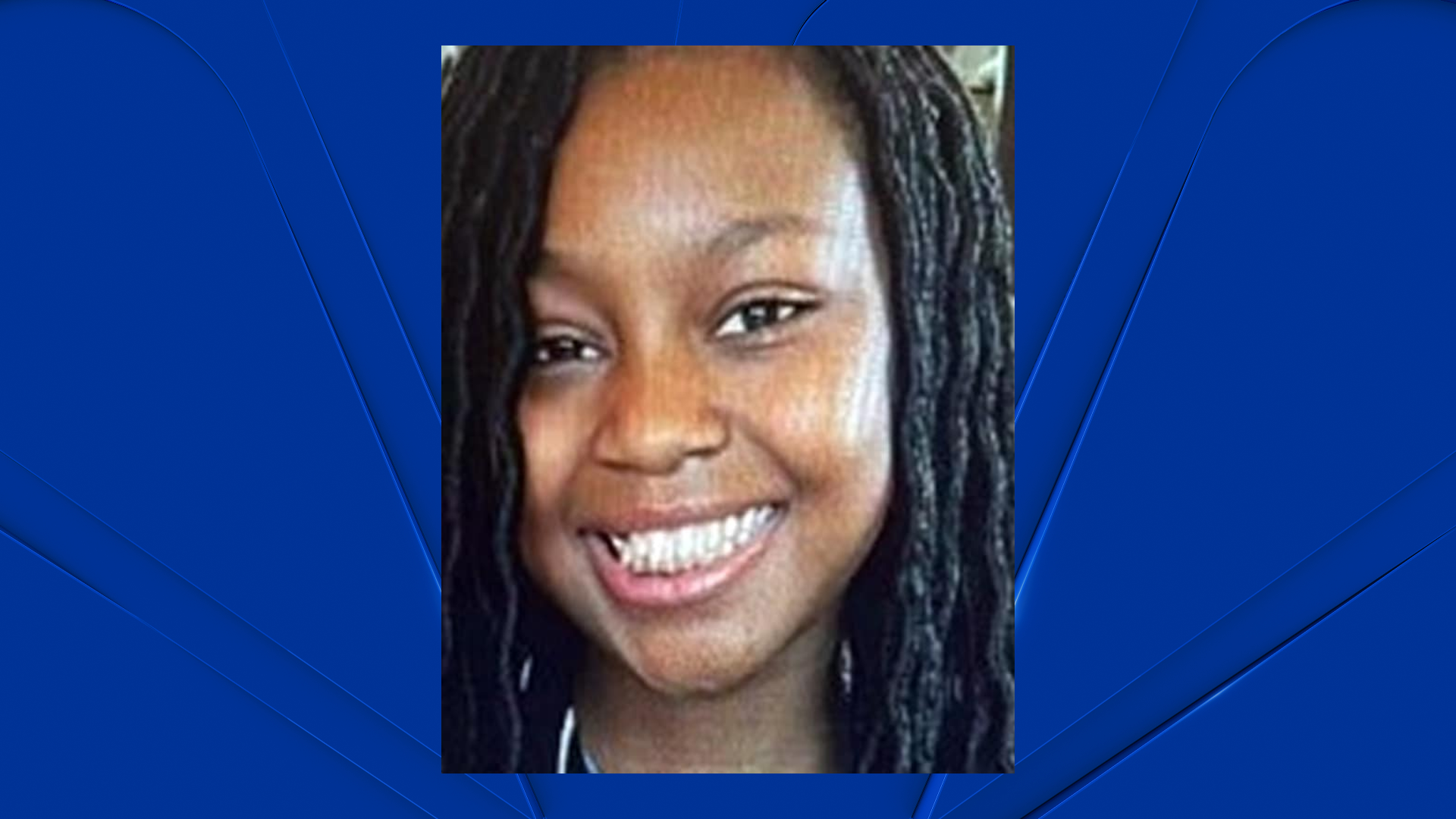The second of two August supermoons is set to rise Wednesday, according to the Adler Planetarium, and this one is a bit more special than others.
According to astronomers, the next full moon, a so-called "Blue Moon" for the Chicago area, is scheduled to rise at 8:35 p.m. Wednesday. And while the moon will not actually be blue in color, it is rather uncommon.
"About 25 percent of all full moons are supermoons, but only 3 percent of full moons are blue moons," NASA said.
This blue moon, NASA added, will be the final blue moon until May 31, 2026. However, the next "Super blue moon" won't occur again until 2037, NASA said.
"The time between super blue moons is quite irregular ― it can be as much as 20 years," NASA said. "But in general, 10 years is the average. The next super blue moons will occur in a pair, in January and March 2037."
And that's not the only factor that makes Wednesday's supermoon so unique.
The Aug. 30 supermoon will actually be the closest full moon to Earth’s surface this year, drifting approximately 222,043 miles from the planet, EarthSky said.
Local
When will the next full moon be?
According to the Adler Planetarium, the next full moon will be Sept. 29. It will be the "fourth and final consecutive supermoon of the year," a blog post from Adler said.
Feeling out of the loop? We'll catch you up on the Chicago news you need to know. Sign up for the weekly Chicago Catch-Up newsletter.
As it is the closest full moon to the autumnal equinox, this moon is known as the "Harvest Moon" or the "Full Super Harvest Moon," the post added.
What is a supermoon?
According to NASA, a “supermoon” occurs when a full moon or a new moon is within 90% of its closest point to Earth.



